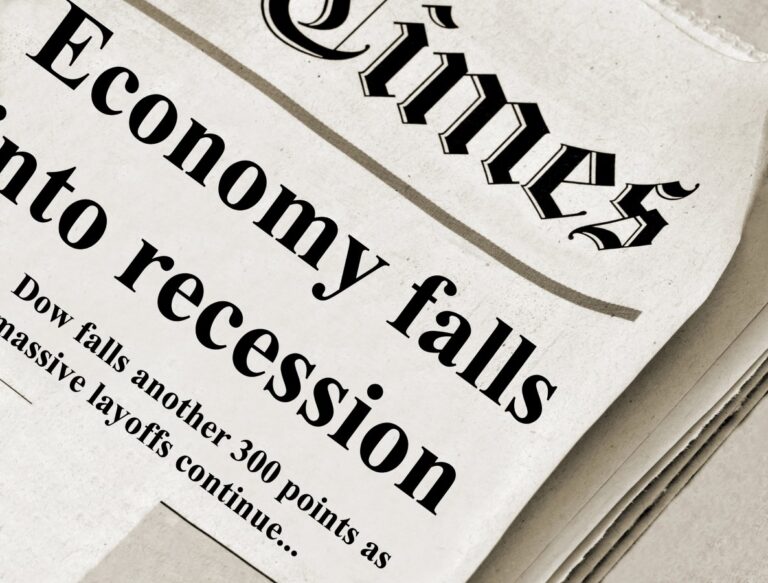Newsom’s Climate Agenda Set to Raise Gas Prices by 65 Cents Next Year, with Increases Continuing for the Next Decade
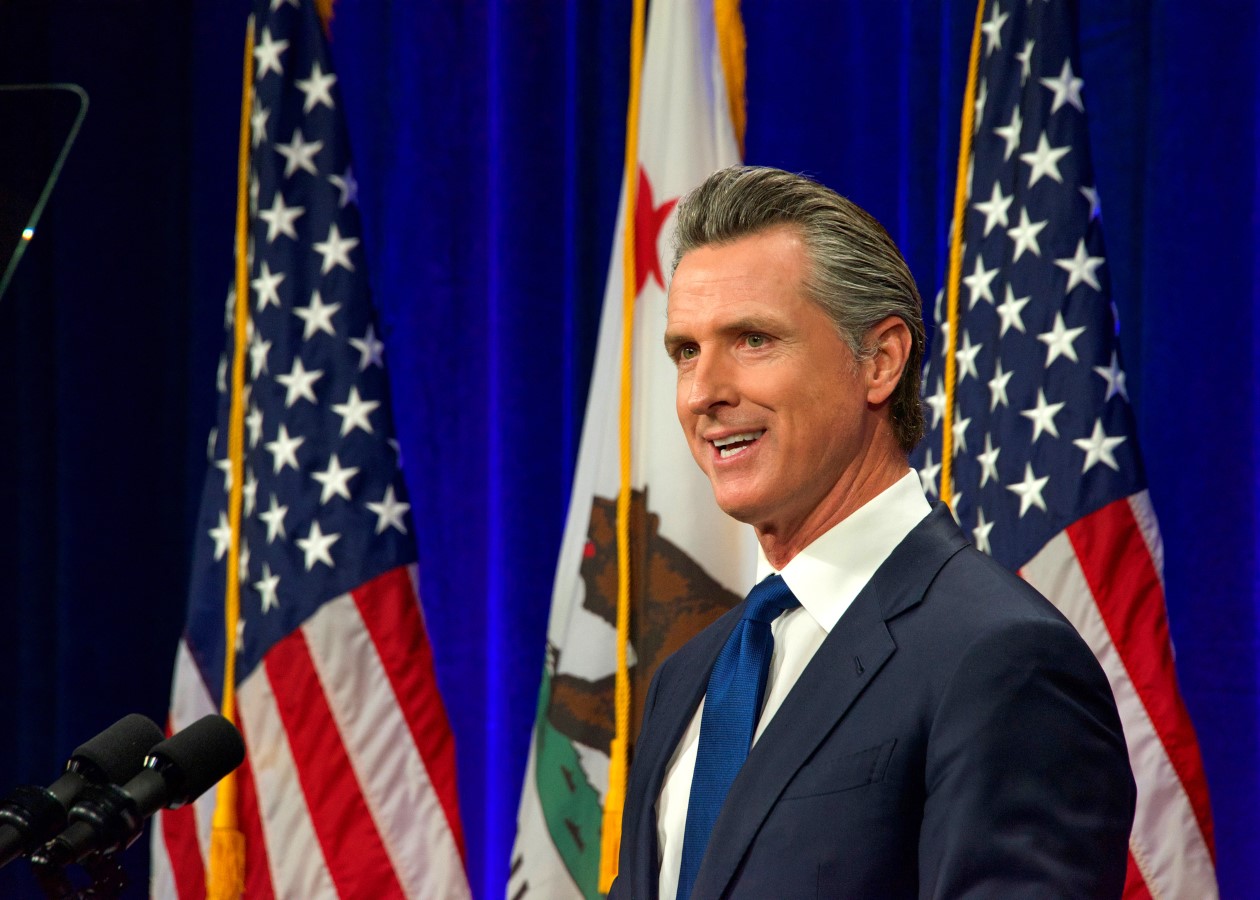
California drivers may soon feel the impact of Governor Gavin Newsom’s climate agenda as gas prices are projected to climb by 65 cents per gallon in 2025, with further escalations expected over the next 10 years.
The governing entity, the California Air Resources Board (CARB), is tasked with executing the most rigorous climate policies globally, aiming for carbon neutrality by 2045.
The California Air Resources Board’s recent updates to the Low Carbon Fuel Standard (LCFS) aim to reduce fossil fuel reliance but could ultimately push gas prices up to $1.50 per gallon by 2035, adding strain to Californians already burdened by rising costs.
Despite official attempts to downplay these forecasts, the looming hikes have many bracing for what feels like just the beginning of more financial strain.
Already Facing High Gas Prices

Californians are no strangers to steep gas prices, consistently among the highest in the country. As of Monday, according to AAA, the average price for a gallon of regular unleaded was $4.515, significantly higher than the national average of $3.083.
Newsom Blames Oil Industry
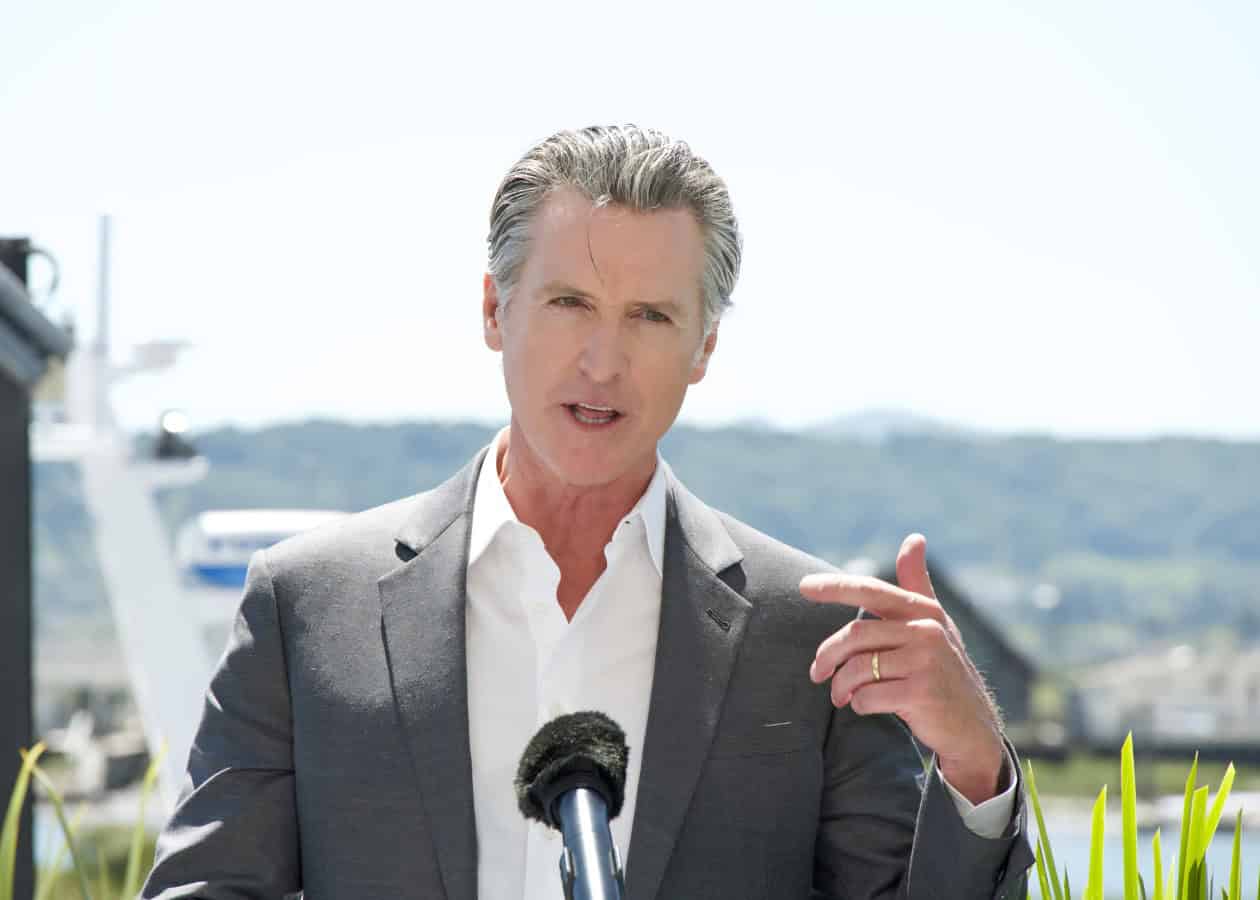
The disparity between California’s retail gasoline prices, known for being exorbitant, and those of the rest of the nation had widened. While the oil industry attributes this to higher taxes and regulations in the state, Newsom contends that companies are exploiting global shortages for profit.
After a six-month, highly publicized standoff with the oil industry, Gov. Gavin Newsom accused oil companies of gouging Californians during last year’s record gas price surge and pushed for legislation to reclaim excessive profits for taxpayers. On March 23rd, 2023 he celebrated the signing of a pioneering law that may cap oil refiner earnings.
“We proved we can actually beat Big Oil,” Newsom said.
California’s Refinery Count Plummets from 43 to 14

At a recent Senate energy committee hearing, Catherine Reheis-Boyd, the president and CEO of the Western States Petroleum Association, argued against caps and penalties on oil profits, claiming they would not lower prices but would instead have the opposite effect.
She explained that to avoid penalties, companies might limit supply, pushing prices even higher. “Running a refinery in California is two to three times more expensive than anywhere else in the world, reaching a point where it’s no longer economically viable,” Reheis-Boyd stated.
In 2023, California’s number of refineries had dropped to 14 from 43 in 1982. She suggested that lawmakers should focus on enhancing the oil supply chain by easing restrictions on crude oil production within the state.
In August, Chevron announced it is leaving California for Texas by moving its corporate headquarters.
Gas Tax Hiked July 1, 2024

While Californians await the CARB increase, they already faced increased gas prices starting July 1 when the built-in excise gas tax was 59.6c/gallon to account for inflation.
Already Paying For Expensive Summer Blend

The average gas price in the state has risen 55 cents from last year as the pricier summer blend takes effect. Gas stations across California began selling the pricier summer fuel blend, designed to cut down on ozone emissions, with Southern California making the switch on February 1 and Northern California following on March 1, as reported by the energy commission.
Low Carbon Fuel Standard Report Forecasts Hikes Next Year

In an updated version of CARB’s Low Carbon Fuel Standard, a report revealed potential cost implications for consumers as the state advances its clean air objectives.
This report forecasts that, starting next year, gasoline prices could rise by an average of 47 cents per gallon, with expected similar annual increments following.
As per the report, “On average, from 2031 through 2046 the proposed amendments are projected to potentially increase the price of gasoline by $1.15 per gallon.”
Some analysts predict an even steeper increase, estimating gas prices could rise by as much as 65 cents per gallon, costing Californians an additional $8.8 million annually.
CARB Refused to Provide Estimated Increase, as Lawmakers Demanded Transparency Ahead of November Vote
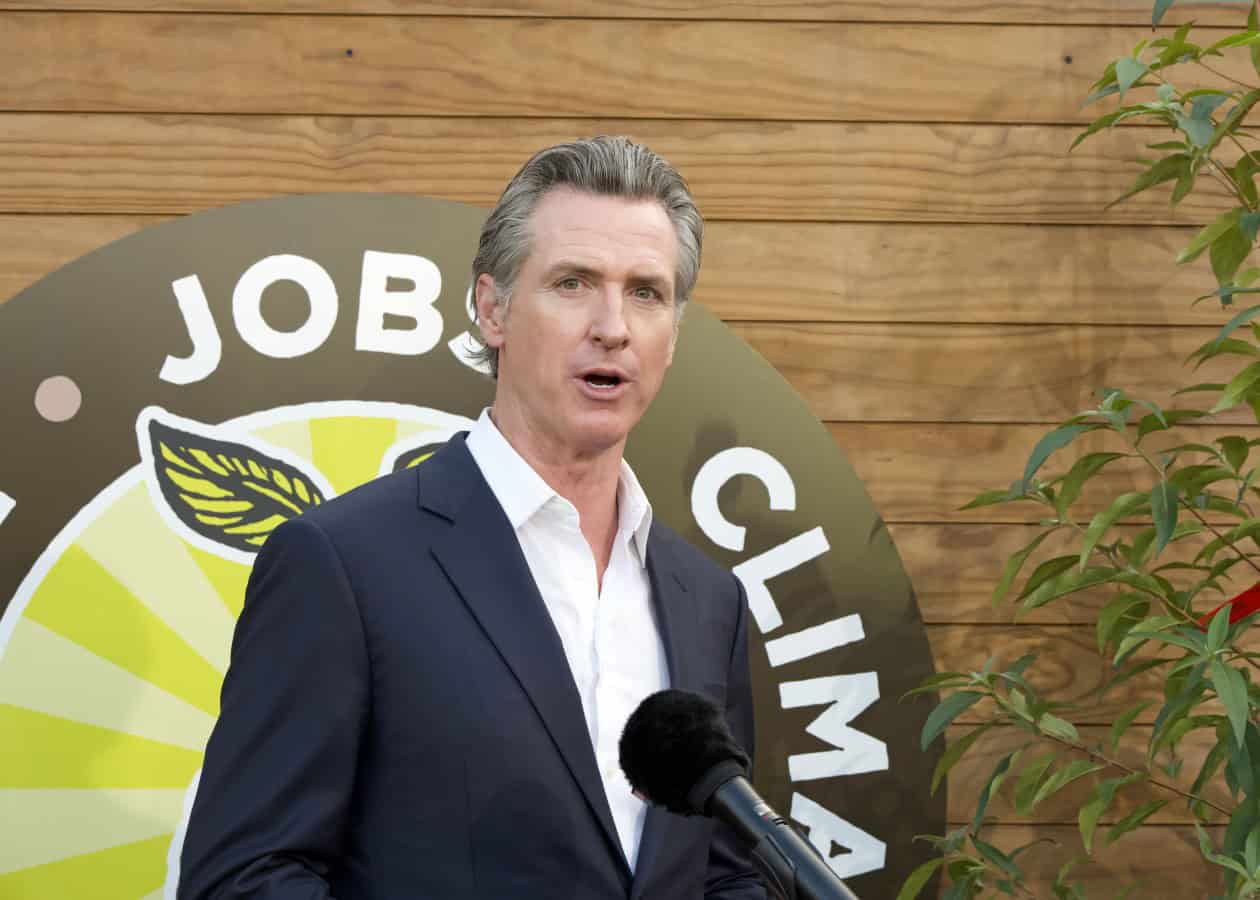
CARB now claims that the estimate was merely a “snapshot,” but refuses to provide updated projections, leaving both Democratic and Republican lawmakers frustrated.
Growing concerns are emerging over the board’s unchecked power, with legislators questioning if more oversight from elected officials is needed to ensure accountability.
Ahead of the vote, California Senate Republicans submitted a petition with nearly 13,000 signatures urging this board to postpone the vote. However, the board went ahead with their vote on Friday.
California’s Regulators Stay Silent on Impact of New Fuel Rules
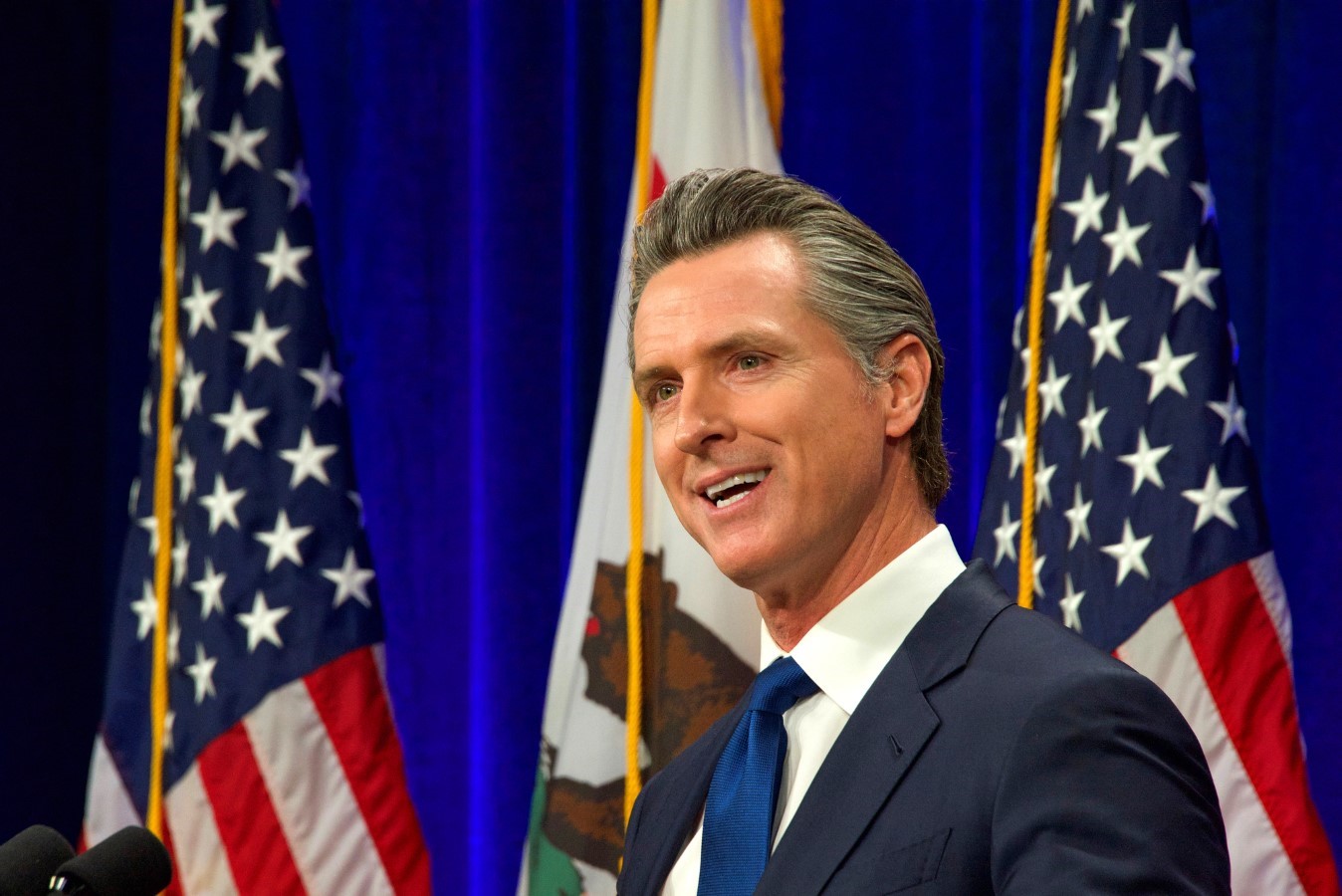
The November vote by the California Air Resources Board (CARB) focuses on significant amendments to the state’s low carbon fuel standard (LCFS), a program in place since 2011. The LCFS penalizes refineries producing high-carbon fuels like gasoline and diesel, while rewarding the production of lower-carbon alternatives such as renewable diesel.
The proposed amendments introduced much stricter limits on the carbon intensity of fuels, which would drive up the costs for refineries needing to purchase credits to comply.
Ultimately, these higher costs are expected to be passed on to consumers at the pump, but CARB remains silent on exactly how much prices could rise.
Republican State Senators Criticize Tax Increases

State Sen. Janet Nguyen (R-Huntington Beach), a staunch opponent of tax increases, has slammed the proposed hike as a “secret” tax that would severely strain Californians financially. “The astronomical taxes and price of everything from food to gas is driving people out of California. People are putting their rent on credit cards,” Nguyen told KTVU, adding. “So what does the state do? It imposes a secret 47-cent fee in addition to the state’s gas tax so now we’ll be paying over $6 a gallon.”
CARB Claims Price Increases Are Not a Tax

In response to claims of a “secret” gas tax, CARB told KTVU that the figures cited in the preliminary report were “intended to provide a range of financial possibilities looking at how various Low Carbon Fuel Standards (LCFS) credit prices might be passed through to Californians by industry.”
Dave Clegern, a CARB Public Information Officer, clarified, “The LCFS helps drive down the cost of low carbon fuels in California by rewarding low carbon fuel producers with credits that are paid for by dirty fuel producers. This is not a tax.”
In a December report, the air board staff described the earlier gas price hike projections as “incomplete,” choosing instead to highlight the potential cost savings for drivers as the transition to electric vehicles (EVs) gains momentum.
100% Push Towards Electric Vehicles In a Decade

Last August, the California Air Resources Board set a groundbreaking mandate that requires 35% of new cars sold in the state by 2026 to be zero-emission vehicles, nearly doubling current figures, with targets increasing to 68% by 2030, and 100% by 2035.
Other States Could Adopt California’s Model
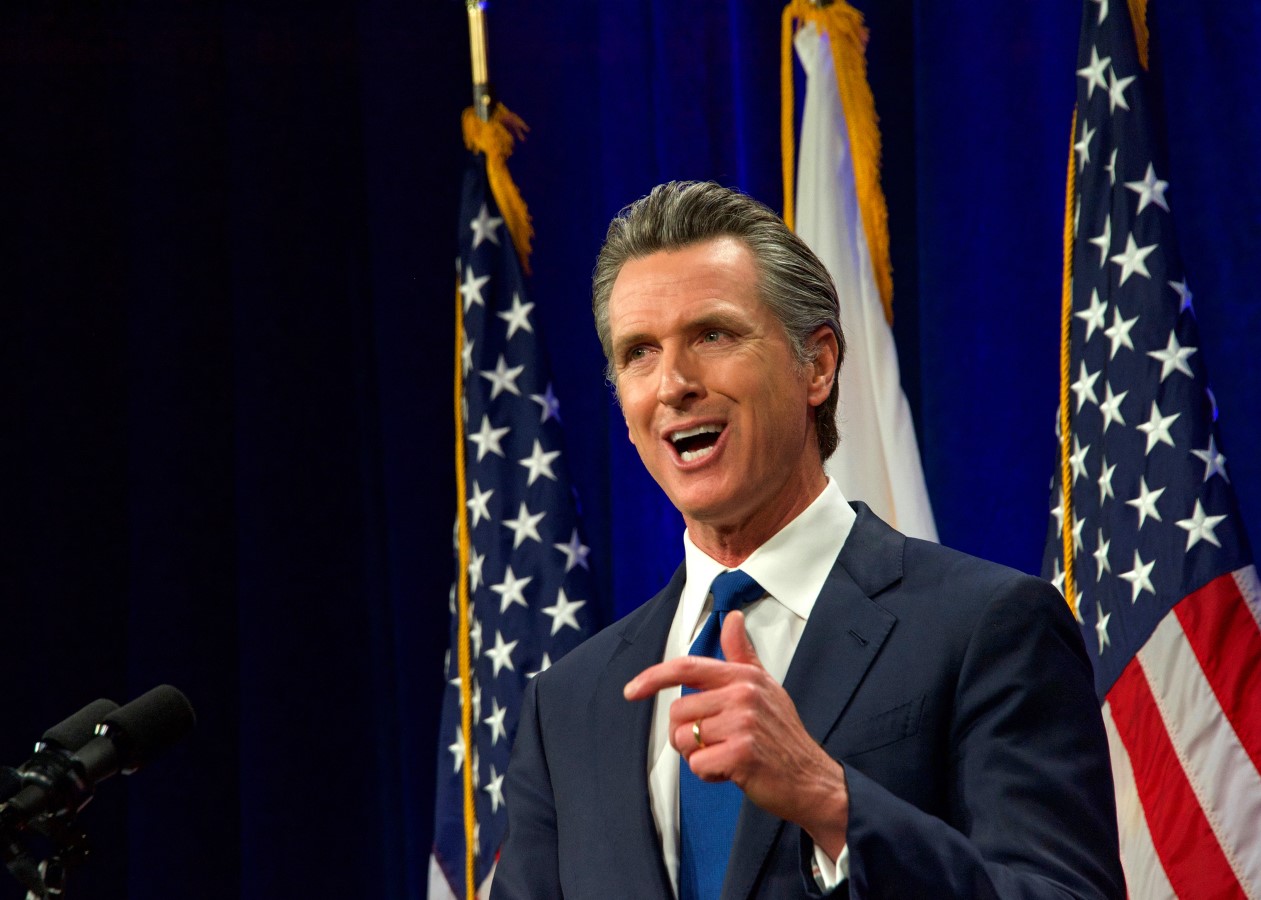
California, a major influencer in the U.S. auto market where one in every ten cars is sold, has seen at least 17 other states commit to adopting its regulations.
This move places substantial pressure on automakers to cater to varying standards across the country..
Costly and Challenging Transition to Electric Vehicles

Transitioning from gasoline-powered vehicles to electric vehicles (EVs) presents significant financial and logistical challenges. The initial cost of purchasing an EV can be substantially higher compared to traditional vehicles, putting a strain on many household budgets.
Lack of Charging Infrastructure
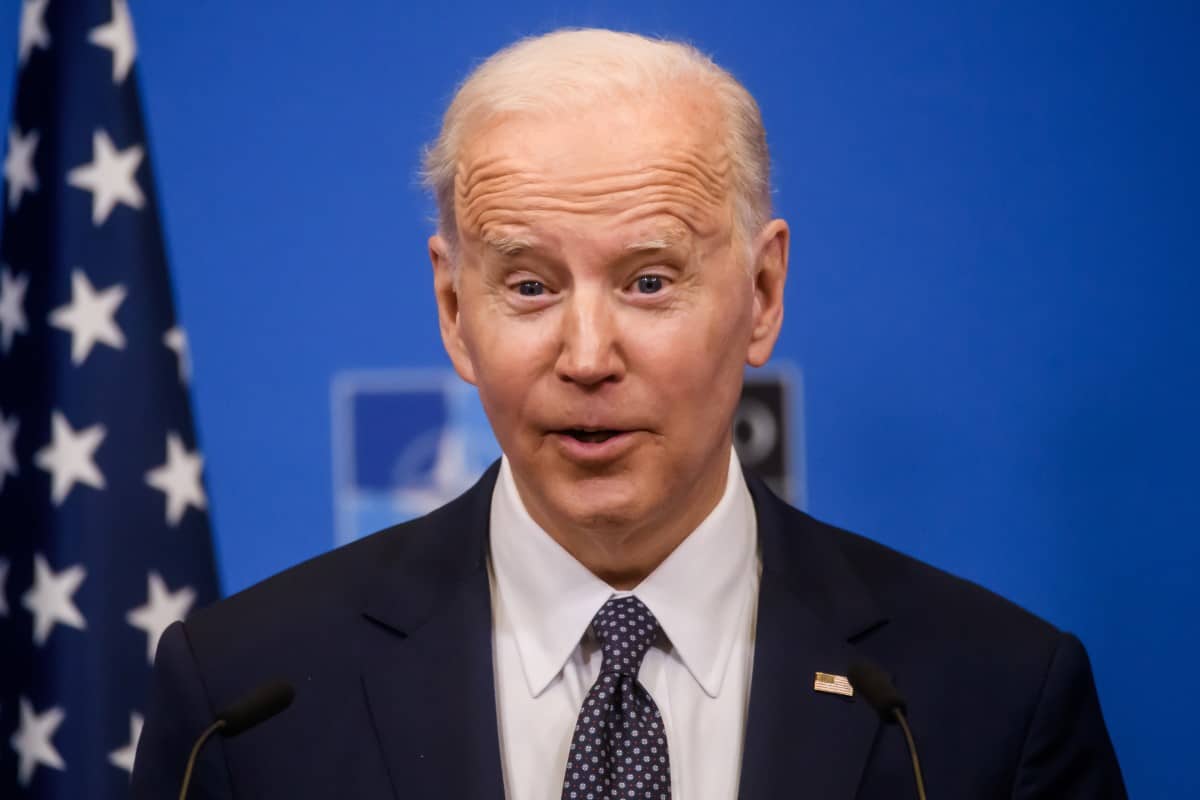
Additionally, the development of EV charging infrastructure remains uneven, with multi-unit dwellings often lacking the necessary installations. This scarcity of accessible charging stations creates a significant barrier for apartment dwellers and those without private garages, complicating the shift towards a more sustainable mode of transportation and making it less practical for a significant portion of the population.
As per the Washington Post, Biden’s $7.5 billion investment in EV charging has only produced 7 stations in two years.
Californians Bear the Brunt of Conflicting Climate Policies and Politics

As California’s gas prices, already among the nation’s highest, face an impending surge of nearly 50 cents per gallon due to lesser-known initiatives aimed at fulfilling stringent emissions targets, residents grapple with the financial strain. Governor Newsom’s ongoing battles with the oil industry, coupled with the looming threat of gas tax hikes and soaring EV mandates, underscore the mounting challenges.
Newsom Plans to Oppose Trump

CARB’s vote came one day after Gov. Gavin Newsom called the state Legislature into a special session to protect some of California’s environmental and other liberal policies ahead of former President Donald Trump’s second term in office.
Critics argue that these policies, driven by Newsom are leading Californians into a financial abyss, with skyrocketing costs and insufficient infrastructure for the transition to electric vehicles exacerbating the burden.
Like Financial Freedom Countdown content? Be sure to follow us!
11 Reasons You Should Claim Social Security Early

Deciding when to claim Social Security is often about maximizing your benefit. Financial planners usually advise delaying your claim for as long as possible to secure the highest monthly payment. Your benefit is based on your lifetime earnings, with a full payout available at your full retirement age (FRA), which is currently between 66 and 67 depending on your birth year. Claiming before FRA results in a permanent reduction in your monthly benefit, while waiting beyond FRA leads to a permanent increase. However, the decision isn’t solely about maximizing the monthly check. Personal factors such as health, family circumstances, and financial needs can play a significant role in determining the right time to claim.
11 Reasons You Should Claim Social Security Early
Exploring Government Programs Granting Free Land for Affordable Homeownership: From Colorado to Iowa

Small towns across the US are offering free land for those ready to build homes and contribute to their communities. As housing costs soar nationwide, these towns are innovating to attract new residents and revitalize their local economies. From the Midwest to the Mountain states, these programs offer more than just affordable homeownership; they invite you to join a tight-knit community and embrace a whole new way of life.
Exploring Government Programs Granting Free Land for Affordable Homeownership: From Colorado to Iowa
The 10 States Taxing Social Security in 2024 and the 2 That Just Stopped
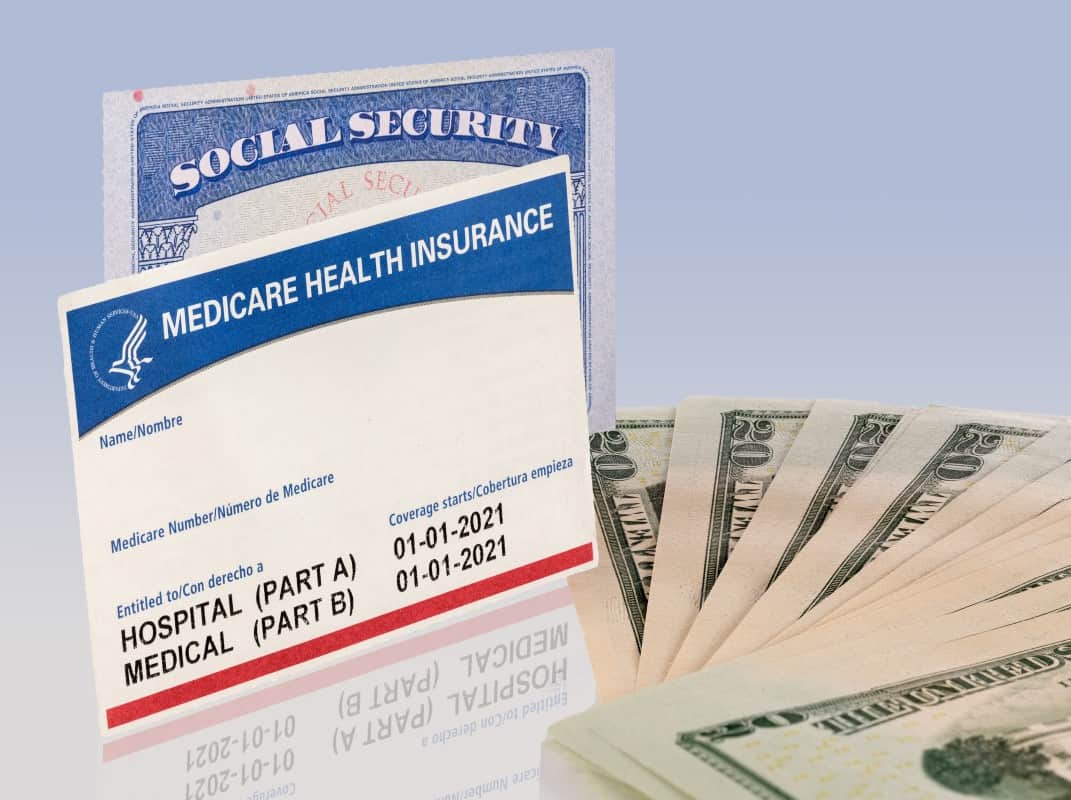
While many bask in the belief that their golden years will be tax-friendly, residents in specific states are facing a reality check as their Social Security benefits come under the taxman’s purview. Conversely, a wave of relief is set to wash over two states, marking an end to their era of taxing these benefits. This shift paints a complex portrait of retirement planning across the U.S., underscoring the importance of staying informed of the ever changing tax laws. Are you residing in one of these states? It’s time to uncover the impact of these tax changes on your retirement strategy and possibly reconsider your locale choice for those serene post-work years. Here are the 9 states taxing social security benefits.
The States Taxing Social Security in 2024 and the 2 That Just Stopped
Understanding How SECURE Act 2.0 Affects Your Retirement Plan

Three years after the landmark SECURE Act reshaped America’s retirement scene, the follow-up SECURE Act 2.0 expands access to retirement plans and perks. Key updates include mandatory enrollment in certain workplace retirement plans, higher catch-up contributions for older workers, and broader savings options for part-timers. Additionally, it enhances the ability to save for emergencies, providing quicker access when needed. This significant step forward promises to strengthen financial security for many. Here’s what you need to know about the new provisions.
Understanding How SECURE Act 2.0 Affects Your Retirement Plan
Social Security Solvency Extended to 2035, Medicare Gains 5 More Years to 2036: What It Means for You
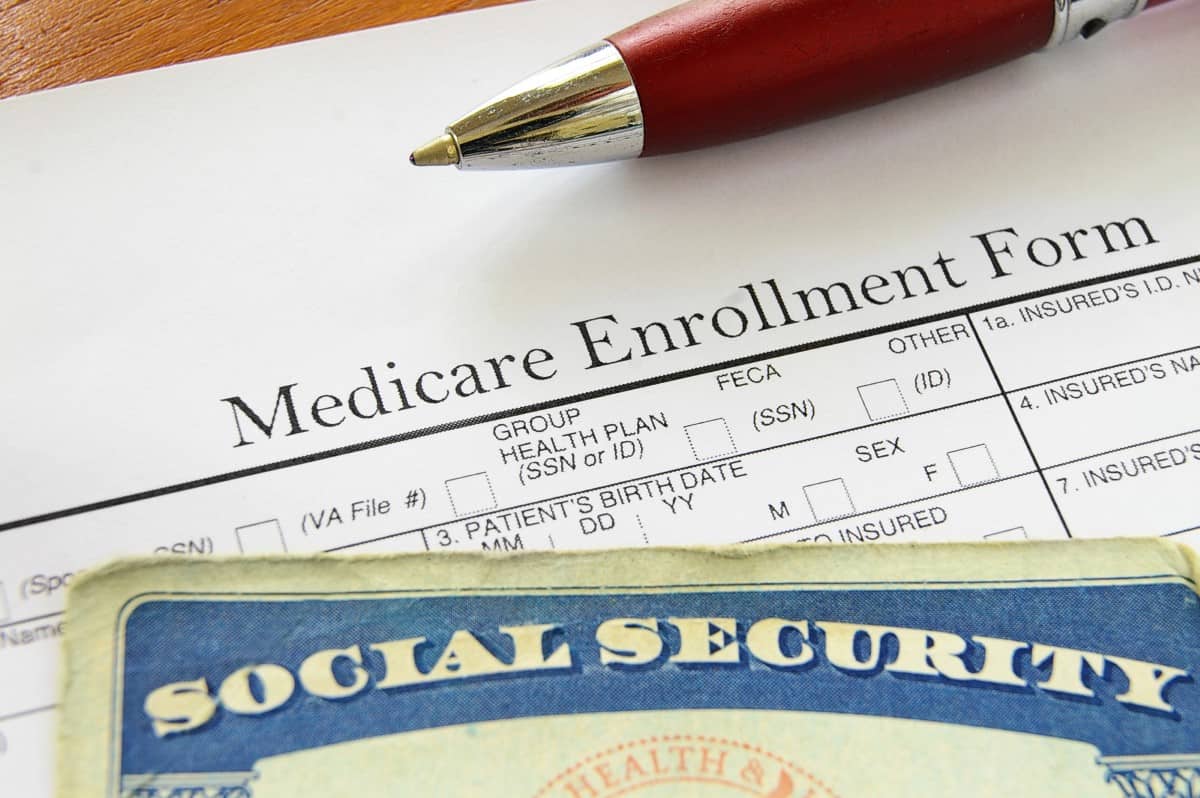
The projected depletion dates for Medicare and Social Security have been extended as reported in the annual trustees report for Social Security and Medicare released on Monday. However, officials caution that without significant policy changes, these programs may still be at risk of failing to deliver full benefits to retiring Americans.
Treasury I Bond Rates Drop from 4.28% to 3.11% — But with a 1.2% Fixed Rate Locked for 30 Years, Is It Still a Smart Investment?

Inflation has become a significant concern. During the past three years of surging inflation, I bonds offered a safe and attractive investment option. However, with recent lower CPI numbers, the current composite rate for I bonds has dropped to 3.11%, a sharp decline from the enticing 9.62% annual rate available in May 2022 or even the 4.28% available for bonds purchased before October 31st. As rates decrease, investors are now considering whether it’s still worth buying Series I bonds.

John Dealbreuin came from a third world country to the US with only $1,000 not knowing anyone; guided by an immigrant dream. In 12 years, he achieved his retirement number.
He started Financial Freedom Countdown to help everyone think differently about their financial challenges and live their best lives. John resides in the San Francisco Bay Area enjoying nature trails and weight training.
Here are his recommended tools
Personal Capital: This is a free tool John uses to track his net worth on a regular basis and as a retirement planner. It also alerts him wrt hidden fees and has a budget tracker included.
Platforms like Yieldstreet provide investment options in art, legal, real estate, structured notes, venture capital, etc. They also have fixed-income portfolios spread across multiple asset classes with a single investment with low minimums of $10,000.


